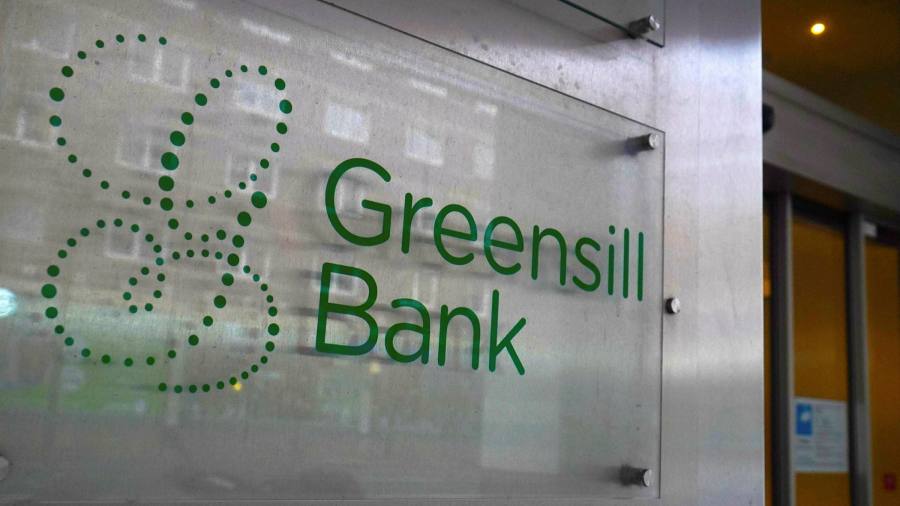[ad_1]
The Greensill pitch seemed simple enough: it helped companies get paid quickly by turning invoices into bond-like investments. But the SoftBank-backed finance company’s business model, now described as “extremely risky†by Australian regulators, was more convoluted than it appeared. That will make it harder to claw back funds for those left out of pocket.Â
Greensill did not just provide credit on the basis of actual invoices, according to a lawsuit filed by US mining group Bluestone, one of its biggest clients. It also issued credit on the basis of “future†invoices. Even stranger, these were from potential, as well as existing, customers.
Questions about the quality of the loans’ collateral arise from Greensill’s exposure to Sanjeev Gupta’s opaquely-financed business empire. This week it emerged that Greensill provided finance based on invoices from companies that were ostensibly independent but had links to the steel magnate.Â
Adding to the confusion are questions over the validity of the insurance policies at the heart of Greensill’s business model. Insurer Tokio Marine may go to court to protect its interests. Investors in the Credit Suisse funds that invested in Greensill loans have also threatened litigation.
The task now falls to Australian administrators to sift through more than $4bn of claims submitted by creditors. They plan to lodge a claim worth almost $800m against Greensill’s UK subsidiary.
Complex corporate structures are not always a problem. The unsecured creditors of Lehman Brothers’ European arm were paid back in full. But the risks are greater when a company’s operations are convoluted. After the failed rescue of Birmingham-based carmaker MG Rover, it took government-appointed inspectors four years to complete a report laying bare the structure used to extract value.Â
Financial engineering can shift money to unexpected places — and make skimpily-capitalised business appear stronger than they really are. Each new revelation adds to the uncertainties around Greensill. That opacity is ominous for creditors.
If you are a subscriber and would like to receive alerts when Lex articles are published, just click the button “Add to myFTâ€, which appears at the top of this page above the headline.
[ad_2]
Source link





